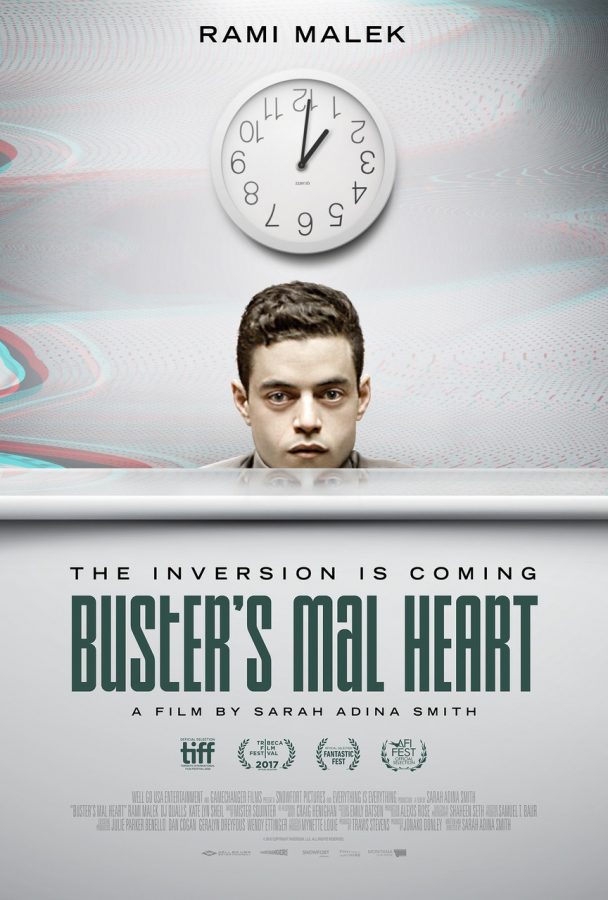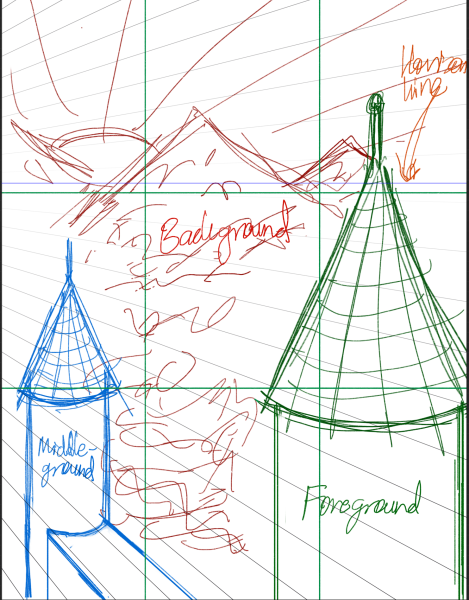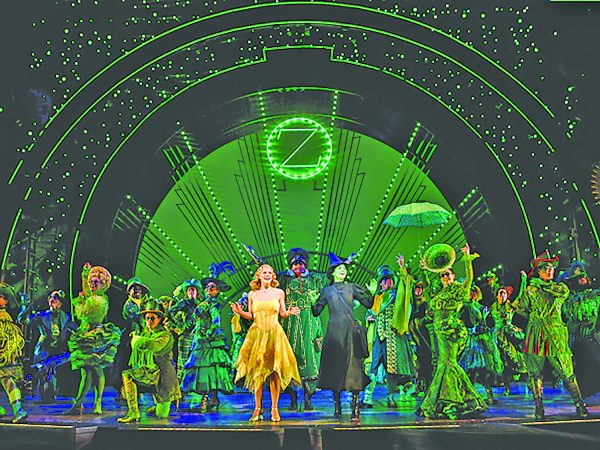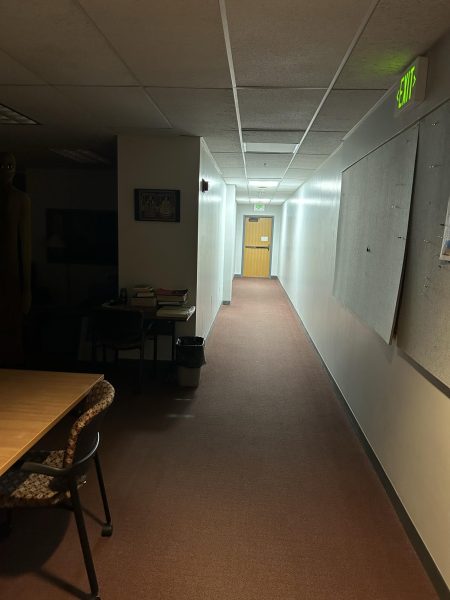“Buster’s Mal Heart”: an oddball of a film
“Buster’s Mal Heart” is a strange combination of quirky, dark and simply odd. Writer and director Sarah Adina Smith, who directed her debut film, “The Midnight Swim,” in 2014, has crafted a twisted world within our own and supplemented the real with intense scenes of visual metaphor to create a reflection of our world that seems like something other.
“Buster’s Mal Heart” is a story over three timelines, all concerning a man played by Rami Malek. Malek is best known for playing the lead role in the popular television show, “Mr. Robot.” In the first timeline, Malek plays a man who wanders around the mountains of Montana in the winter months breaking into rich people’s vacation homes to find shelter and who has been named Buster by the locals.
The second timelines follows Buster’s earlier life, where we learn that his true name is Jonah, that he works the nightshift at a hotel to try to provide for his wife, Marty, and their small daughter, Roxanne, played by Kate Lyn Sheil and Sukha Belle Potter, respectively. Kate Lyn Sheil has been cast in a number of films, perhaps most notably the 2011 horror film “You’re Next.” Sheil plays Marty as a kind and caring mother and wife. At times her portrayal feels decidedly one-note, though for most of the film she brings passion to her role and succeeds in driving her scenes forward. This was Sukha Belle Potter’s first role.
During this time he also meets a grifter, played by DJ Qualls, who has played a number of roles, primarily in television, such as Ed Maccarthy in “The Man In The High Castle.” Qualls’ character who refers to himself as “the last free man” dramatically influences Jonahs decline from family man to homeless man. Quells leaves almost nothing to be desired with his portrayal of a manipulative conspiracy theorist.
The third timeline involves only Jonah, in a lifeboat by himself in a vast expanse of water.
Malek plays every timeline masterfully: strong, odd and silent as Buster, compassionate and caring as Jonah, and unhinged and angry in the boat.
This movie is overwhelmingly communicative. Not just featuring good dialogue, and well-acted characters but a large amount of symbolic and metaphorical communication. For instance, when Jonah is working the night shift at the Hotel, it is often not he, but the set he’s acting on, that communicates his emotional state, and almost always that state is one of disconnect. This is most often conveyed through the use of wide shots on the empty ballroom as he stacks chairs or folds round tables alone at one end, or through shots of Jonah working at the front desk with several feet to either side of him and the only other set piece being the clock above his head.
The state of disconnect that Jonah feels is not only due to the largeness of the space, or the lack of people in it, but also due to the lack of other set pieces. There is almost nothing in these scenes beside the things that Jonah must immediately interact with, or as is the case with the clock, that have some sort of well established symbolic resonance.
The film bends the boundaries between a dark thriller and a comedy. For instance, when Jonah (as Buster) is finally discovered by an elderly couple, he ties them to the chairs around their table with strings of Christmas lights. Buster makes the couple a Christmas dinner and feeds them, as the old man, suffering from dementia, attempts to make conversation in a scene that is at once cute, compelling and terrifying.
That scene captures much of the spirit of the movie. For that reason this scene is unquestionably one of the film’s most memorable. It encourages a wealth of contrasting emotion in a way that is very representative of the film as a whole.
The question of the reality of the last timeline, the one on the boat, looms large over the meaning of the story. The most obvious and, likely, correct answer is that the scenes featuring Jonah on the boat exist in dream, as metaphor, or both. There are also references to the Biblical story of Jonah and The Whale, which must be considered when looking at Jonah/Buster’s story in general. The references to the story bring up the concept of being at the mercy of God, which is one that applies to Jonah for the duration of the film, but particularly during the scenes in the boat where he often screams to the heavens in Spanish, begging for death or rescue.
“Buster’s Mal Heart” is an oddball of a film. It is beautiful in its complexity as well as during its simpler moments. The use of set and cinematography, not just to set the scenes, but to enact them, leads to a fully involved viewing experience. The literary influence, both in bible reference and in the enacting of symbolism and metaphor, leave you feeling like you’ve worked toward something by the end of the film. The full weight or concept of the story can be hard to wrap your head around, but once you do, it does not let you go.






